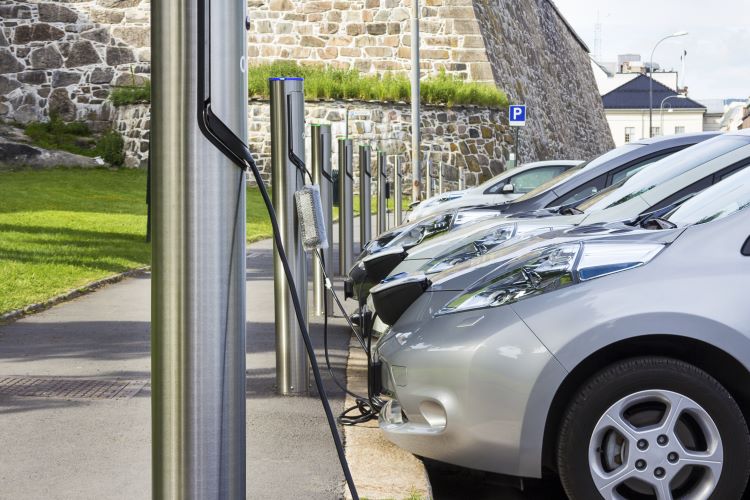The Unseen Efficiency: How Regenerative Braking is Transforming Modern Vehicles
Introduction: As the world of automobiles continuously evolves, one technological marvel stands out from the crowd, quietly boosting efficiency without compromising performance. This technology is regenerative braking, a clever solution that turns every braking event into an energy-saving opportunity. Let us take a journey to better understand this unsung hero of the automotive world.

A Brief History of Regenerative Braking
Regenerative braking is not a recent invention. Its roots can be traced back to the late 19th century when French engineer Louis Antoine Krieger implemented a primitive version of this technology in his electric cars. However, it was not until the rise of hybrid vehicles in the late 20th century that regenerative braking gained traction.
The fundamental principle behind regenerative braking is simple: to convert the kinetic energy lost during braking back into usable energy. In a conventional braking system, this energy is wasted as heat due to friction. Regenerative braking systems capture this energy, convert it into electrical energy, and store it in the vehicle’s battery for later use.
Regenerative Braking & Modern Vehicles
Modern vehicles, particularly hybrids and electric vehicles, heavily rely on regenerative braking. The technology has evolved tremendously over the years, and now, it’s an integral part of vehicle design, contributing significantly to improving fuel efficiency and reducing wear on the brake system.
Regenerative braking works in tandem with traditional braking systems, providing an excellent blend of efficiency and performance. When the driver applies the brakes, the system engages the electric motor as a generator, converting the vehicle’s kinetic energy into electrical energy. This energy is then stored in the battery and used to power the vehicle’s electric motor.
The Impact of Regenerative Braking
Regenerative braking has a significant positive impact on the automotive industry. It contributes to increased fuel efficiency, reduced CO2 emissions, and less wear and tear on the brakes.
The benefits extend beyond the individual vehicle. If implemented on a large scale, this technology can contribute to significant reductions in global carbon emissions, making our planet cleaner and healthier.
However, there are challenges. The complexity of regenerative braking systems often leads to higher costs. Moreover, the technology is most effective in stop-and-go city driving and less so in highway conditions.
The Future of Regenerative Braking
As the automotive industry evolves, so does regenerative braking. Engineers are continually seeking ways to maximize its efficiency and integration with other vehicle systems.
One promising development is the use of supercapacitors, which can store and release electrical energy more quickly than traditional batteries. This could allow for even more efficient energy recapture during braking.
Another exciting prospect is the integration of regenerative braking with advanced driver-assistance systems (ADAS). By predicting when and how hard a driver will brake, these systems could optimize regenerative braking to capture as much energy as possible.
Final Thoughts
Regenerative braking may not be as flashy as turbochargers or as discussed as autonomous driving, but its contribution to the automotive world is undeniable. It’s a testament to the industry’s continuous quest for efficiency and innovation. As we speed towards a future of increasingly sustainable and intelligent vehicles, this humble technology will undoubtedly play a significant role.





